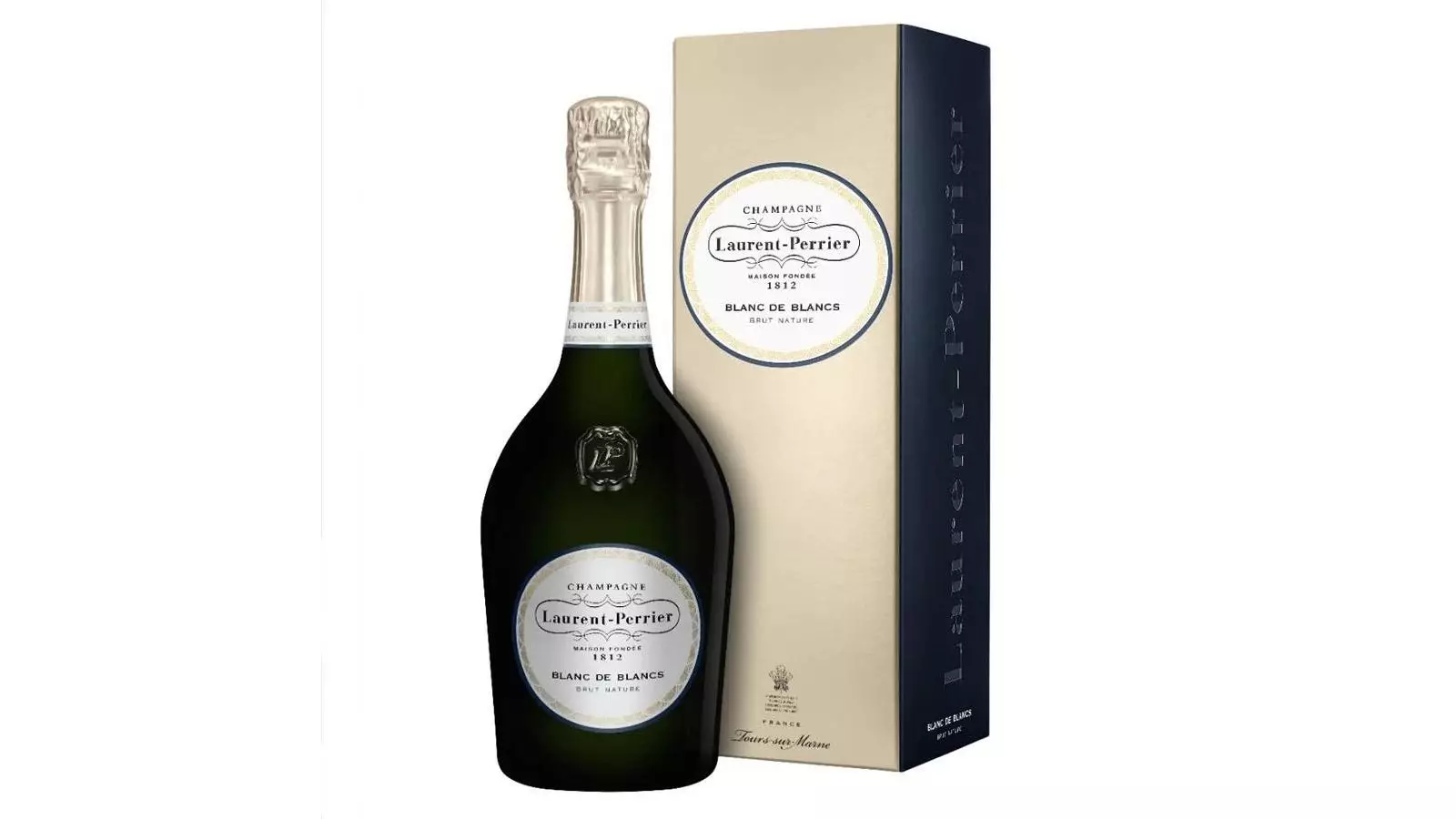Champagne is not merely a drink; it is an experience steeped in tradition, artistry, and the artistry of excellence. While this sparkling wine has become synonymous with grand celebrations—such as weddings, anniversaries, and New Year’s Eve—toasting life’s milestones is merely the surface of what champagne represents. Beneath its effervescent surface lies a rich history and a dynamic evolution that speaks to the diversity of its production and the depths of its tasting notes. Today, champagne finds its place not only on the celebratory table but in everyday life, seamlessly merging with both casual and gourmet culinary experiences.
The geography of the Champagne region in northeastern France is pivotal to the character of its wines. Stretching across five critical zones—Montagne de Reims, Vallée de la Marne, Côte des Blancs, Côte de Sézanne, and Aube—this remarkable area is defined by its cool climate and the exceptional chalky soils that shape the grapes. These factors collectively facilitate the cultivation of three primary grape varieties—Chardonnay, Pinot Noir, and Pinot Meunier—each contributing distinctiveness and refinement to the champagne that emerges from this regional crucible.
The combination of terroir and centuries of winemaking expertise culminates in a product that transcends ordinary expectations. Champagne is not just a beverage but encapsulates the meticulous art of winemaking, where each bottle tells a story of the land and the many skilled hands that crafted it.
In recent years, champagne’s reputation has experienced a renaissance, spurred on by a wave of innovative producers who challenge traditional norms. This resurgence speaks to the excitement generating within the industry, as new vintners experiment with flavors and techniques, such as zero-dosage styles that celebrate the pure, unadulterated expression of the grapes. These modern interpretations widen champagne’s appeal, allowing it to grace dining tables in contexts beyond mere celebrations.
Today, champagne is increasingly appreciated across a broader spectrum of dining scenarios—whether it’s elevating a humble street food experience or complementing an elaborate gourmet dish. This versatility is facilitated by the wine’s inherent characteristics. With its bright acidity and complex profiles, champagne pairs beautifully with an array of dishes, enhancing flavors and showcasing culinary artistry.
The beauty of champagne lies in its accessibility. There are no rigid rules dictating when to enjoy a glass; it can accompany a casual dinner, a picnic, or serve as a celebratory toast. Champagne’s lively bubbles and refreshing acidity make it a superb companion to a multitude of cuisines—particularly seafood, poultry, and rich, buttery sauces.
However, a critical aspect of enjoying champagne revolves around proper storage. Once a bottle is opened, the sparkling wine can lose its vitality within a few days unless safeguarded with a quality stopper. Conversely, an unopened bottle, when stored correctly on its side in a cool environment, can age gracefully for up to 15 years, allowing enthusiasts to experience varied flavor profiles as the wine matures.
Exploring the vast landscape of champagne today, several standout options exemplify the varietal’s richness and diversity:
1. **Laurent-Perrier’s Cuvée**: Renowned for its pristine Chardonnay, Laurent-Perrier offers a sans dosage style that is both vibrant and refreshing. Sourced from Grand and Premier Cru vineyards, it possesses a citrus-driven character that pairs beautifully with fine seafood.
2. **Idris Elba’s Petite Porte Noire Brut NV**: Collaboratively crafted, this champagne features a harmonious blend of Chardonnay, Pinot Noir, and Pinot Meunier. Its energetic freshness and notes of white fruit create an elegant drinking experience, perfect for celebratory occasions.
3. **Rare Champagne Millésime Brut 2008**: A true pièce de résistance, this award-winning champagne consists of a luxurious mix of Chardonnay and Pinot Noir sourced from the best Grand Cru vineyards, showcasing an abundance of flavors—sweet peach and almond, leading into an enticing zestiness that delights the palate.
4. **Billecart-Salmon Brut Rosé**: This classic rosé combines sharp red fruit notes with rich brioche, making it an ideal partner for lighter, fresh dishes or simply to enjoy leisurely on its own.
5. **Maison Bruno Paillard Blanc de Blancs 2014**: A benchmark for Chardonnay, this champagne reveals complexity through its years of aging, offering exotic notes and a minerality that balances its unique gastronomic offerings.
Ultimately, champagne emerges as a versatile and timeless choice for wine lovers everywhere. Its ability to elevate mundane events and serve as the centerpiece for grand celebrations illustrates its exceptional nature. As traditional craftsmanship meets innovative tendencies within the industry, champagne distinctively transitions from being merely a drink of celebration to a delightful accompaniment in everyday life. Embracing the many possibilities of champagne allows us to redefine our drinking experiences, proving it truly is a wine to be enjoyed on all occasions. So whether you’re marking a significant milestone or simply indulging in a quiet moment, let the effervescence of champagne enrich your life.


Leave a Reply